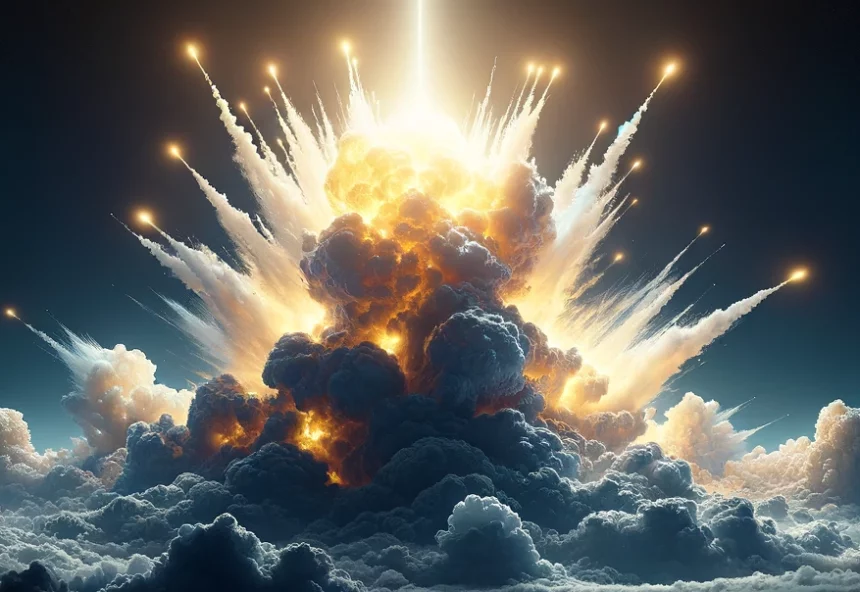SpaceX’s journey towards the stars experienced a mix of triumph and turbulence following the intense scrutiny of their Starship’s second test launch by the Federal Aviation Administration (FAA). The test, marked by a stunning “hot-stage separation” and culminating in an explosive outcome, has led to a series of rigorous investigations and essential safety upgrades.
The FAA has officially concluded its meticulous review of the Starship test, endorsing a comprehensive list of 17 corrective actions proposed by SpaceX. These measures were developed in response to the spacecraft’s mid-air explosion, a fiery echo of a similar incident from the previous April. The Starship’s ambitious mission aims to revolutionize space travel, promising to transport astronauts to lunar landscapes and beyond.
SpaceX has taken the FAA’s findings to heart, implementing a slew of technical enhancements, including vehicle hardware redesigns to bolster tank filtration, refine engine control algorithms, and update thrust vector control system modeling. These improvements are designed to address the root causes of the mishap, as well as to increase the overall reliability of the spacecraft.
The FAA’s closure of the investigation marks a significant milestone for SpaceX, as it paves the way for future launches. However, these will only proceed once SpaceX has implemented the required corrective actions and secured a modified license from the FAA. This license will ensure that safety, environmental, and additional regulatory standards are met.
As SpaceX looks to the horizon, the company maintains its dedication to learning and adaptation, stating, “More Starships are ready to fly, putting flight hardware in a flight environment to learn as quickly as possible.” With the Super Heavy booster – the powerful lower segment of the rocket system – undergoing refinements following its failed reignition during a landing attempt, SpaceX is focused on ironing out the complexities of space travel.
The uncrewed spacecraft, despite suffering a second test setback, achieved further flight than its predecessor before disintegrating over the Gulf of Mexico. The FAA’s acceptance of SpaceX’s corrective actions reflects a shared commitment to advancing space exploration while prioritizing safety and reliability.
As SpaceX prepares for its next chapter, the incorporation of new fire protection systems, leak reduction techniques, and refined propellant vent operations signifies a leap forward in the company’s relentless pursuit of space innovation. With the FAA’s evaluation of SpaceX’s license modification request underway, the aerospace pioneer is set to soar into a future where the possibilities are as boundless as the universe itself.
















